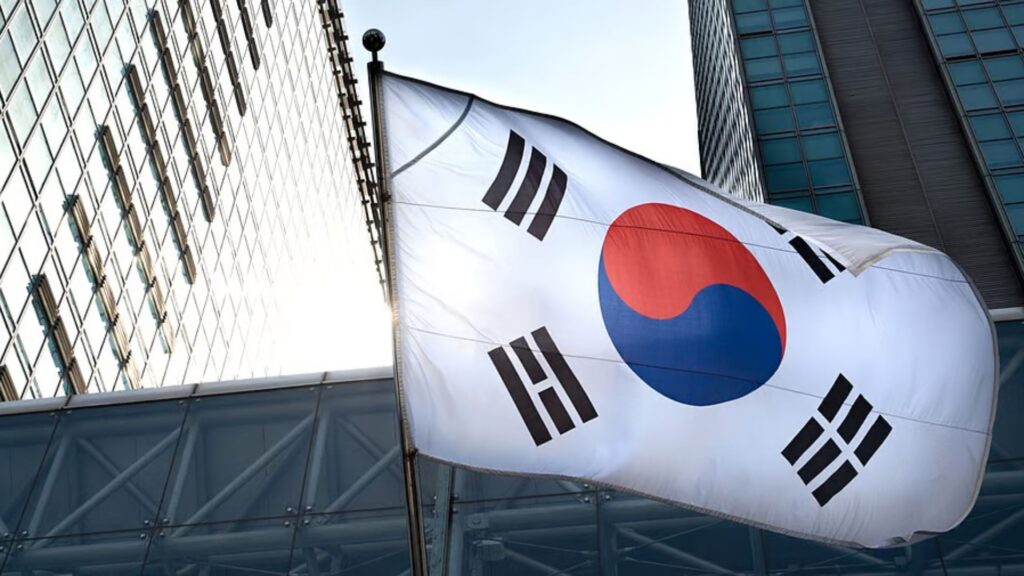
South Korea has just drafted a UN Security Council resolution that, on the surface, looks designed to permanently lift sanctions on Iran. But this move isn’t what it seems. It’s actually a mandatory procedural step after Britain, France, and Germany triggered the “snapback” mechanism—a tool designed to reimpose sanctions. Citing Iran’s failure to stick to the 2015 nuclear deal, the European powers have forced a high-stakes vote that must happen by the end of September. For the sanctions to stay lifted, the resolution needs nine “yes” votes and zero vetoes from the council’s permanent members.
So, why is South Korea taking the lead? Simply put, it had to. As the current president of the Security Council, South Korea was required to draft this resolution because no other country stepped up to do so within the first ten days after the snapback process was initiated. Now that the text is finalized, South Korea can call for a vote at any moment. However, insiders and diplomats are already predicting that the resolution is almost certain to fail.
Behind the scenes, the real action is happening between the three European powers (known as the E3) and Iran. The E3 is trying to convince Tehran to meet three critical demands: restart negotiations with the U.S., give international inspectors full access to nuclear sites again, and provide a clear accounting of its highly enriched uranium. In return, they’ve offered to delay the snapback threat for six months. Despite these efforts, recent diplomatic talks in Geneva ended without a breakthrough.
Adding another layer of complexity, Iran’s allies, Russia and China, have their own competing plan. They’ve drafted a separate resolution that would extend the 2015 nuclear deal for six months and push all sides back to the negotiating table. However, they haven’t called for a vote on their proposal yet, likely because they know it would face a swift veto from Western nations if no broader agreement with Iran is reached first.
Here’s why this is all coming to a head right now. If the Security Council doesn’t pass a resolution to continue the existing sanctions relief, all UN sanctions will automatically snap back into place in late September. The European powers timed this move strategically, triggering it just before the October 18 “termination day”—the date when the snapback provision in the original UN resolution officially expires for good.
Iran has responded with a stern warning, suggesting that if the sanctions are reimposed, it might withdraw from the crucial Nuclear Non-Proliferation Treaty. Tensions are already sky-high after unprecedented U.S. and Israeli strikes on Iranian nuclear facilities back in June, which prompted Tehran to severely limit its cooperation with international inspectors.
With the deadline fast approaching, the world is watching as this diplomatic chess match unfolds. The UN Security Council is now facing a critical decision that will not only determine the future of sanctions against Iran but could also reshape nuclear diplomacy across the entire Middle East.




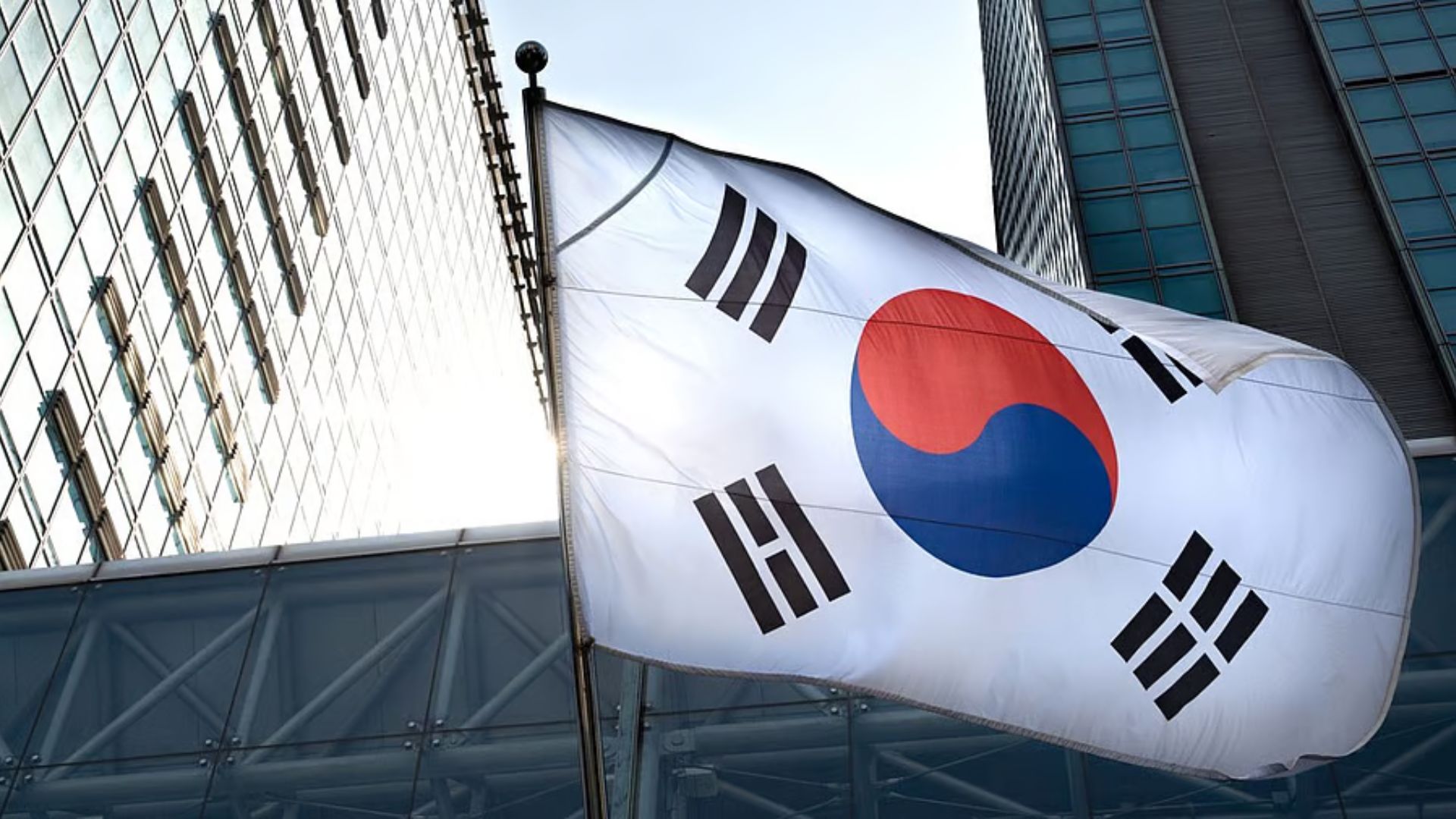
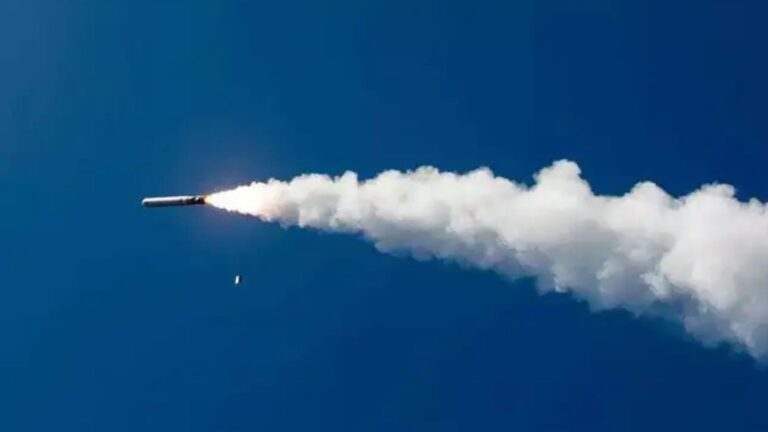
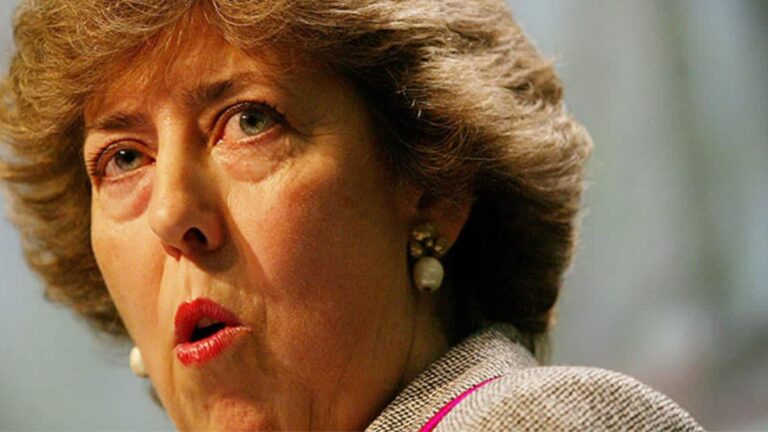
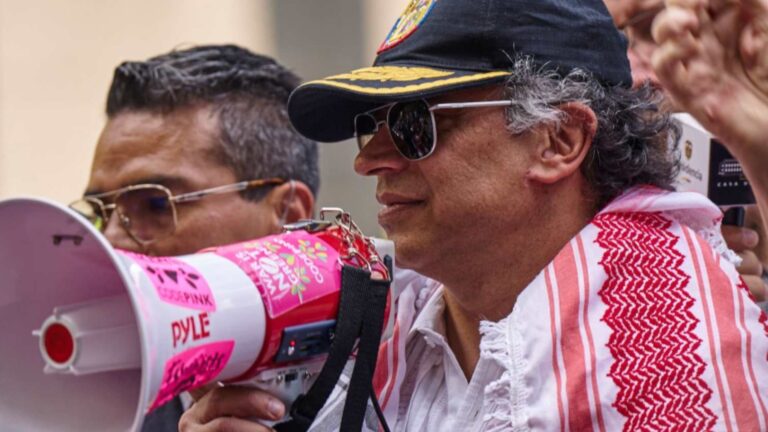
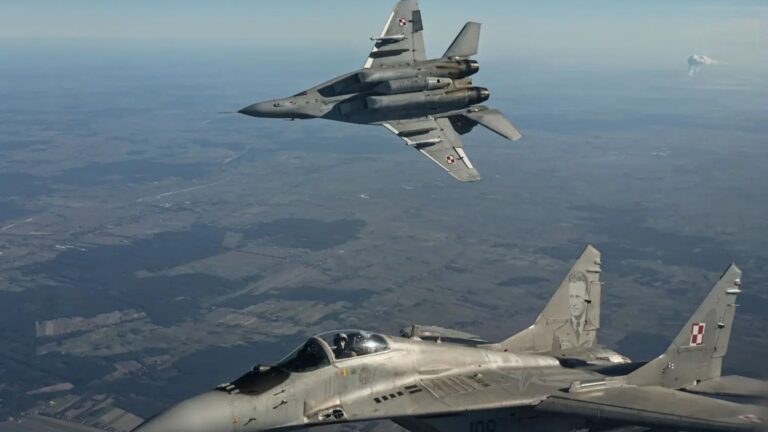

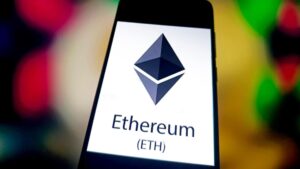

Your article helped me a lot, is there any more related content? Thanks!